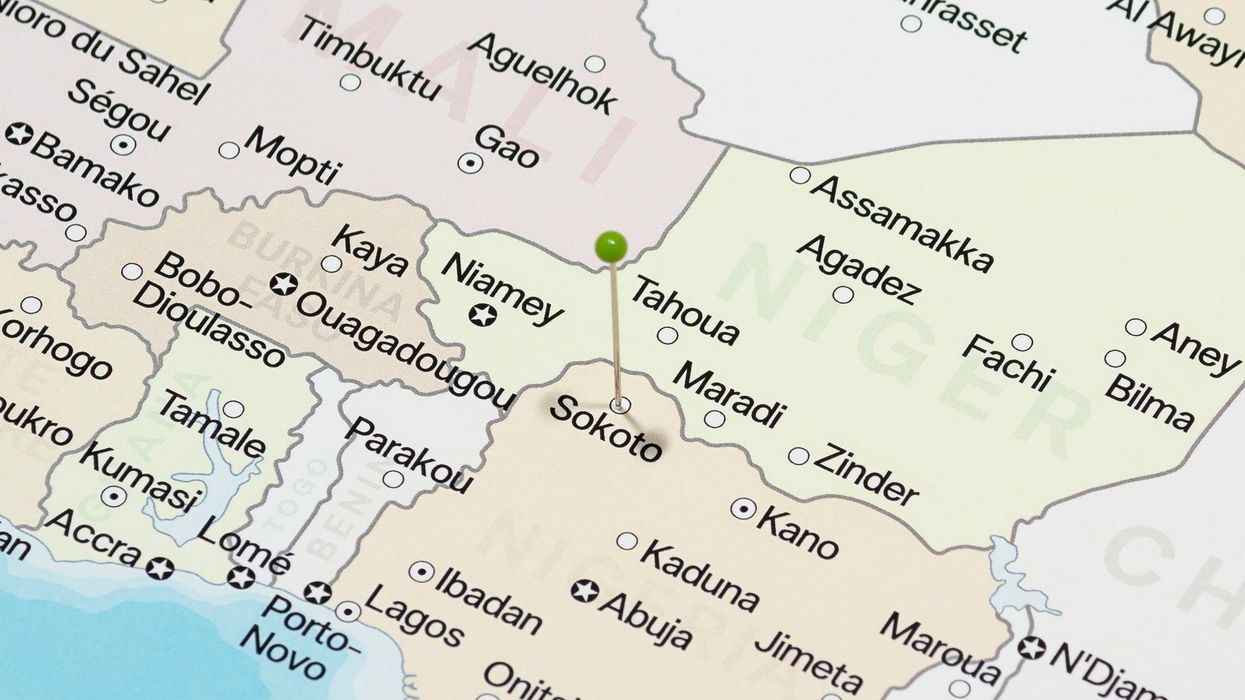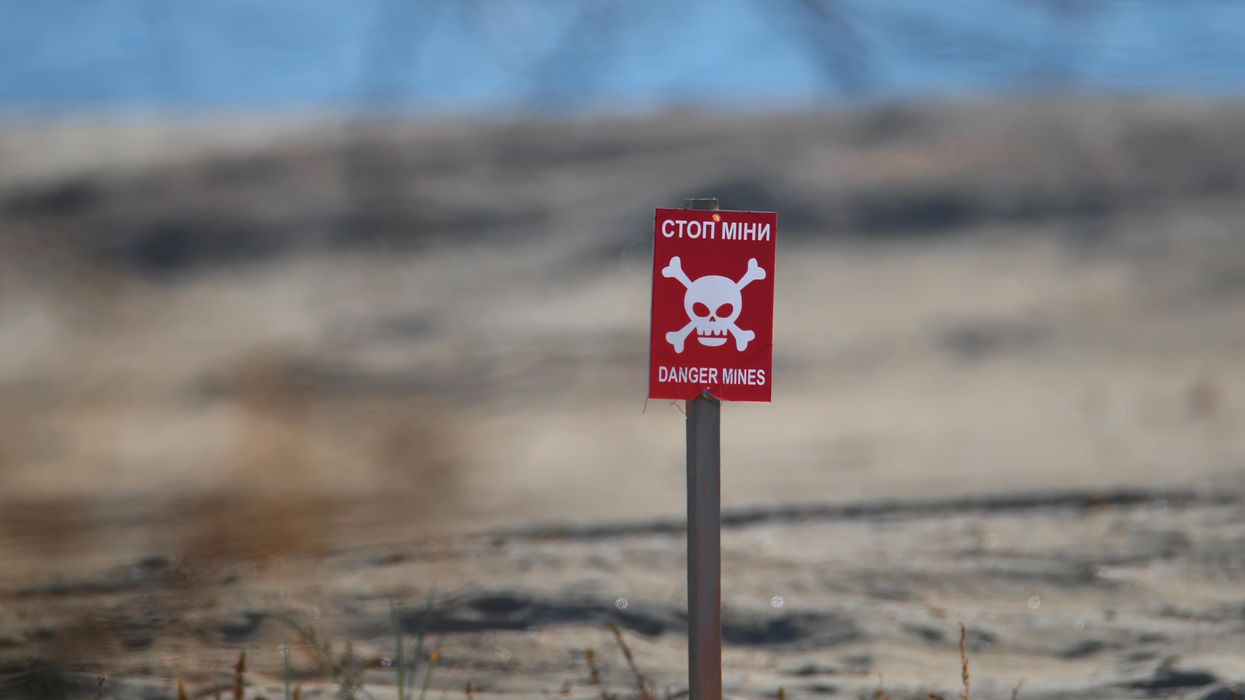George Orwell’s dystopian novel 1984 featured a world of constantly shifting, two-against-one alliances between three major power centers: Oceania, Eurasia and Eastasia. It is hard not to see a resemblance between Orwell’s fiction and the steady re-alignment between the United States, Russia, and China over the past 70 years.
The second half of the 20th century began with Mao Zedong’s victory in the Chinese Civil War, which cemented the alignment of China and Russia against the West. The two Communist powers were to be as “close as the lips to the teeth,” as the Chinese were wont to say. Then China and Russia began falling out with border clashes, so much so that the Russians even sounded out the Americans as to how the United States might react if the Russians attacked China to destroy its nascent nuclear arsenal.
This split led to President Nixon’s historic visit to China 50 years ago, when Nixon and Mao restored relations between their countries to create leverage against Russia.
Then, with the end of the Cold War and the ascendancy of China as a great power the United States and China began falling out, a process which accelerated once Xi Jinping took the helm of the Chinese state. When President Biden entered office, he spoke of trying to achieve a stable and predictable relationship with Russia so that he could concentrate on America’s competition with China. Back then, there was talk in diplomatic circles of being nicer to Russia so as not to push Vladimir Putin into Xi’s arms.
But in February of this year, China and Russia drew even closer. When Putin was visiting the Olympic Games in Beijing, Xi and Putin signed a joint statement finalizing the divorce between China and America and announcing the re-marriage of China and Russia in a friendship “without limits.” So, with Russia massing troops on its borders for an imminent invasion of Ukraine, the talk in diplomatic circles changed to trying to push Xi out of the arms of Putin.
The United States shared its intelligence with China showing that Putin was preparing to invade Ukraine. The Chinese refused to believe it. Beijing’s foreign ministry spokesman, Hua Chungying, blamed America for trying to stir up trouble between the newlyweds. “If someone keeps pouring oil on the flame while accusing others of not doing their best to put out the fire, such kind of behavior is clearly irresponsible and immoral,” Hua said. But then came Russia’s invasion.
It is unclear whether Putin told Xi about his intentions to invade Ukraine when the two met in February. But now that so much of the world has reacted in horror against Russia’s war in Ukraine, China has the beginnings of bridegroom’s remorse.
Xi may be delighted to have its huge northern neighbor bound to China “without limits” and the ties that bind them — the autocratic couple against the hapless democracies of the world — appear to hold firm, for now. But, then again, national sovereignty has been one of China’s most cherished values, and invading a neighbor during the honeymoon doesn’t look good. China is the European Union’s biggest trading partner, and China has reasons to keep hostility to the United States within bounds.
China wants to project to the world the image of a growing, stable and benevolent superpower, an example for the world to imitate, and an advertisement for autocracy against the sloppiness and inefficiency of democracy. With that in mind, Russia has suddenly become the leprous pal that you don’t want to take to the party.
Given the sanctions the West has already imposed, it is Russia’s dependence on China that is almost without limits. It is a dependency China might rather not have, given that breaking sanctions to help Russia could hurt China.
Diplomatically, China abstained on resolutions denouncing Russia on votes in both the U.N. Security Council and the General Assembly, just as China did when Russia took Crimea from Ukraine. China continues urging a diplomatic solution to Russia’s war on Ukraine. On Monday, speaking at a virtual meeting with French President Emmanuel Macron and German Chancellor Olaf Scholz, Xi reportedly encouraged the three countries to jointly support peace talks between Russia and Ukraine, according to state broadcaster CCTV.
But, given Putin’s apparent obsession with restoring, if not the Soviet Union, then perhaps imperial Russia’s domains, the room for diplomacy is narrow.
Xi may wish he had insisted on a prenuptial agreement with Russia before announcing his partnership “without limits.”
Then there is the conflict between China’s views on national sovereignty and its desire to extinguish any aspirations for such by Taiwan. Surely Putin is anxious to have China consider Ukraine as Russia’s Taiwan, a lost province that must be returned to the motherland.
The quid pro quo in Nixon’s deal with Mao was that China would cool its relationship with Russia and turn its affections to the West in exchange for the U.S. adoption of its “One China” policy. Now that China has seemingly renounced the quid, some might wonder whether the West should remain bound by the quo.
It would be unwise at this point for Biden to renounce the One China policy of the past 50 years. But the West, and the United States in particular, should reiterate its own long standing policy that Taiwan’s return to the motherland must be voluntary and not achieved by the same methods Putin is using to reintegrate Ukraine with Russia. Indeed, the world’s reaction against Putin might be causing Xi to rethink his threats to take Taiwan by force.
In the meantime, Oceania, Eurasia, and Eastasia have once again shifted their alliances just as George Orwell depicted, the results of which will absorb the world for the next half century. The betting is that the Xi-Putin marriage will survive the Ukrainian crisis. Mutual hostility towards the United States is more important than any differences over Ukraine.
















